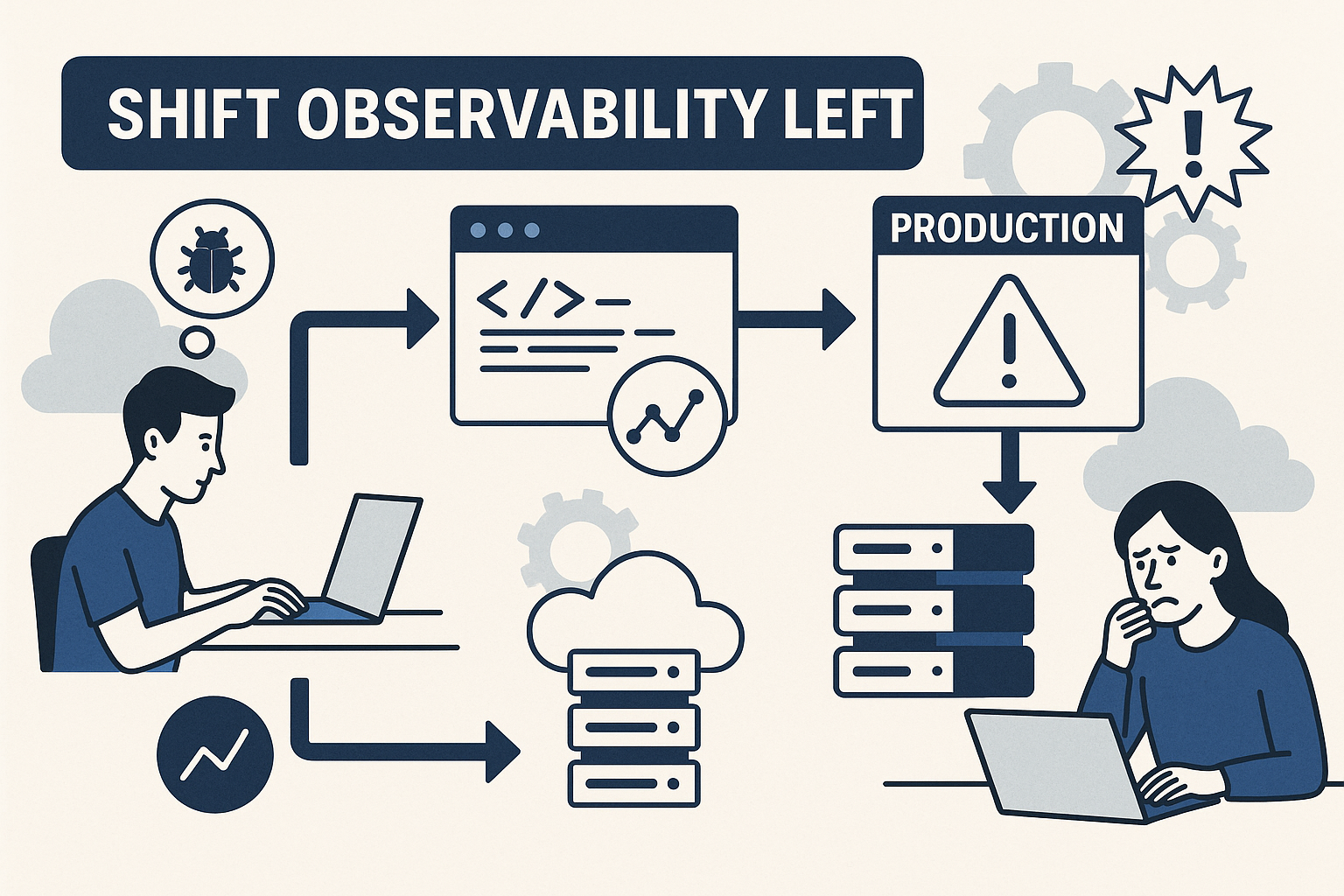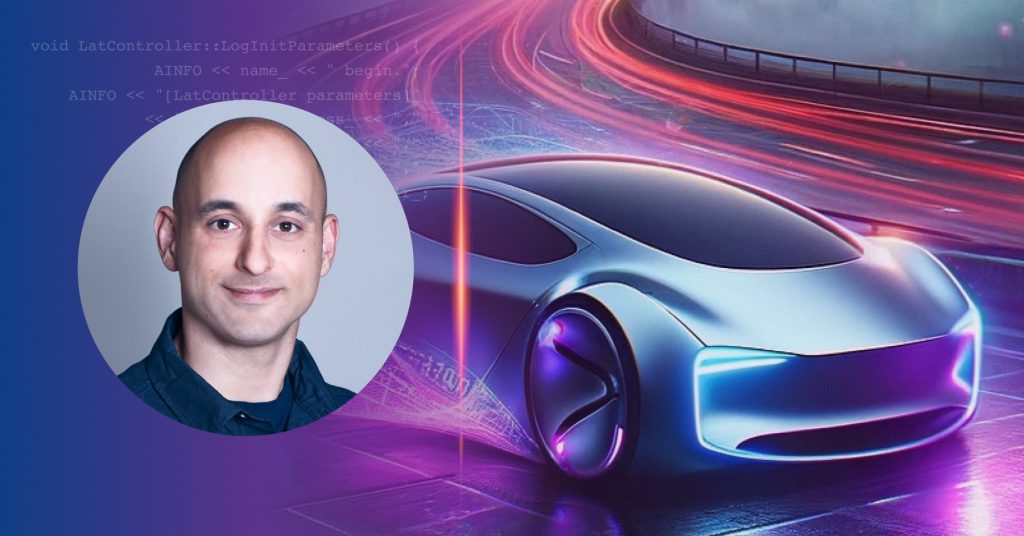What Shift Observability Left Means
Think of a leaky pipe. You can either catch it early with a pressure gauge or mop the floor once the water seeps through the ceiling. Shift Observability Left means setting that gauge before you ever turn on the water.
It’s about moving monitoring out of the late stages and into the early ones – during development, not just after launch. The goal: catch small hiccups before they grow into system meltdowns.
Old Monitoring vs. Early Monitoring
Most teams wait until their code hits production before they start watching it. At that point, something’s already wrong. Customers feel the glitch, developers scramble, and teams patch problems they could’ve skipped.
Early monitoring changes the order of operations. It’s not an add-on. It’s part of the build. You get feedback as you write, not weeks later. Like brushing your teeth instead of waiting for a root canal.
This fits well with teams already working with CI/CD, where things move fast and feedback needs to move faster.
Why It Pays Off
Let’s count what you get by watching sooner:
- Fewer surprise outages. Small alerts replace big incidents.
- Lower costs. Fixing during coding costs less than firefighting live systems.
- Developers move faster. Less time stuck in bugs, more time writing features.
- Customers stay happy. Stable apps don’t cause churn.
- Systems run smarter. You catch bad resource usage before it hits your bill.
These aren’t guesses. They’re patterns seen again and again across teams who start early.
Stories from the Field
This isn’t theory. Some well-known companies already practice this.
Netflix tracks software health before users ever see a single pixel. They’ve built this early warning into their pipeline, helping them avoid headline-making outages.
Etsy ships constantly but rarely crashes. Why? They baked early signals into every deployment. Their system speaks up before it breaks.
Then there’s Denso, an auto supplier. Their Electric Power Steering software used to take ages to test. After they began early-stage analysis using LOCI, their test cycle got nearly cut in half. Fewer bugs. Fewer recalls.
How LOCI Handles This
LOCI doesn’t wait for production logs. It doesn’t even need your source code.
Instead, it reads your compiled binary -the final version of your software -and pulls out patterns that point to problems. Where most tools wait for real users to hit a bug, LOCI flags things just after the build finishes.
The engine behind it is something called a Large Code Language Model (LCLM), built to notice odd behavior hidden deep in the code. It’s like spotting a wobble in the wheel by looking at the tire tread, not waiting until it flies off on the highway.
This helps teams catch subtle slowdowns, misused hardware instructions, or inefficient power usage before anyone pushes the code out.
How to Begin
You don’t need a full overhaul. Here’s a starting point that works:
- Add observability tools right after compilation in your CI/CD system.
- Track metrics that match your software goals—maybe that’s latency, or maybe it’s how much energy a process eats.
- Talk to your team. Show them what early warnings look like and why they help. Replace blame with curiosity.
What Might Slow You Down
People like habits. So, asking teams to switch from reacting to preparing might cause friction.
Start small. Pick one component. Show what breaks early and what it saves. Build from there.
Tooling might also seem like a puzzle. If your monitoring system feels like a full-time job just to install, you picked the wrong one. Go for something with clear output and support, not bells and whistles.
Where Things Are Headed
Systems are getting more complex. Teams are handling more data, on more devices, with tighter budgets and higher expectations.
Add to that: energy limits, carbon goals, and cost ceilings. These forces are nudging companies to track more, earlier. It’s not just about fixing bugs. It’s about using fewer machines to do the same job.
Soon, the idea of waiting until deployment to understand how your code behaves will feel like sending a car to market without checking the brakes.
Closing Thoughts
Shift Observability Left isn’t a fancy add-on. It’s a change in timing.
If you’re already testing, you’re halfway there. If you’re building often, you already have the right rhythm. Now, plug in feedback that speaks up at the build stage—not after the fact.
Less guesswork. Fewer rollbacks. Faster delivery. Happier customers.
Start before something breaks. That’s the point.





